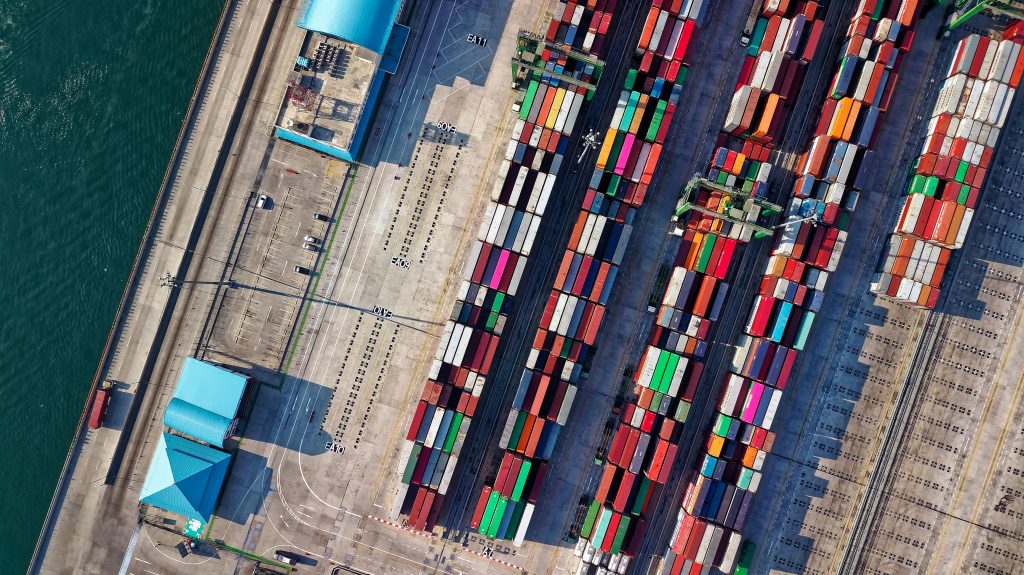The board game world is going through a tough time, tariffs and board games aren’t a match made in heaven, let’s be honest. They are kind of a pain. New tariffs on imports from China have made it more expensive and harder to make games. This hits small creators the most. As of May 15, 2025, it’s important for designers, publishers, and players to understand what’s going on and what it means for the games we love.
What’s going on with tariffs and board games – the impact on US designers
In a surprising move, the U.S. government recently reduced tariffs on Chinese imports from a staggering 145% to 30% for a 90-day period. While this offers temporary relief, the long-term implications remain uncertain. Major companies like Hasbro have adjusted their strategies accordingly, but smaller publishers continue to grapple with the financial strain.
Jamey Stegmaier of Stonemaier Games, for instance, has taken legal action against the administration, citing the devastating impact of these tariffs on his business. With 250,000 units in transit and escalating costs, the future remains precarious.
The history of tariffs and board games isn’t new. In 2019, during the first wave of the U.S.-China trade war, publishers saw a 10% tariff as manageable, albeit painful. But today’s numbers are a different beast. When tariffs climbed to 54%, companies like Cephalofair found themselves unable to bring in products from Chinese factories without losing money entirely. Even at 30%, the impact remains even if less severe, with many small publishers simply opting to pause production.
Additionally, while the 90-day tariff reduction is a relief, it’s not guaranteed to last. Political dynamics and trade negotiations between the U.S. and China remain volatile. Board game businesses operating on tight margins cannot afford these roller-coaster shifts in policy. Some are holding off major projects until the situation stabilizes.
Producing in the U.S. – An Expenisve Route?
Producing in the U.S. isn’t a straightforward solution to avoid tariffs. The lack of specialized components like custom dice and miniatures makes domestic manufacturing both challenging and expensive. For example, a small game that costs $3 to produce in China might cost $5 domestically before shipping, leading to higher retail prices for your players, or less profit for you. This is not great for indie designers.
Companies like Atlas Games have attempted U.S. production in the past, only to find it economically unfeasible. The higher costs and logistical complexities often outweigh the benefits, especially for small publishers operating on thin margins.
Furthermore, domestic manufacturers typically can’t offer all-in-one production services. This means indie designers must manage multiple suppliers for cards, boards, tokens, and boxes — and possibly assemble products themselves — increasing production times and creates more room for possible mistakes.
Even if partial domestic manufacturing is something that’s considered, publishers often face the dilemma of importing specific components — such as miniatures or custom dice — that aren’t made in the U.S., so tariffs would impact them anyway.
Alternatives to Avoid Tariffs for Board Game Production
With China becoming a less accesible option, publishers are exploring manufacturing in countries like Vietnam, Malaysia, and Mexico. VTech, a major toy manufacturer, plans to move all U.S.-bound production out of China by the end of next year, despite the temporary tariff pause to 30%.
Yet, these alternatives come with their own set of issues, including higher costs, limited capacity, and longer lead times. The infrastructure in these countries is still developing, making it difficult to match China’s efficiency and scale.
European factories, like Ludo Fact in Germany, offer premium quality and tariff-free access to the U.S. But the cost is significantly higher, and order minimums may be out of reach for small and new publishers. Plus, if your main market is North America, European shipping time and customs can still be a big pain.
For some, splitting production by region has become a workable strategy — printing in Europe for EU distribution and in Asia for North America. This requires coordination but can save massively on import duties.
Some publishers are even experimenting with final assembly in third countries to alter the country of origin label, allowing for tariff reduction. For example, printing in China but assembling in Vietnam might be a work around to tariffs.

💡 Strategies for Indie Designers
So, what are some things that smaller or new or indie designers should have in mind in the current context?
1. Simplify Components
Use standard components wherever possible. Swapping plastic minis for punch-out tokens or wood can reduce costs and complexity.
2. Talk to Your Manufacturer Early
Get quotes from multiple regions. Ask what materials and components might trigger tariffs and explore whether final assembly can occur elsewhere.
3. Factor Tariffs into Crowdfunding
If you’re using Kickstarter or Gamefound, build in a buffer. Prices might fluctuate — and transparency will keep your backers on your side.
4. Explore Print-on-Demand Options
For small runs or prototypes, POD services like The Game Crafter or BoardGamesMaker may be expensive per unit but save you from bulk investment risks.
5. Consider Digital Prototypes
Platforms like Tabletop Simulator or Screentop.gg allow you to test and promote your game without printing a physical copy, therefore you avoid tariffs.
6. Plan for Smaller Runs
If you can’t afford 5,000 units, consider 500- or 1,000-unit short runs, even if the cost-per-unit is higher. Test the market before committing to scale.
7. Build a Direct Sales Channel
Every dollar counts. Selling direct to consumers means you keep a larger share — crucial when margins are thin.
8. Cut What You Can’t Justify
Do players need 8 custom dice, or can 2 suffice? Every removed component shaves costs.
9. Work with Local Makerspaces or Co-ops
Explore local fab labs or artist collectives who may offer small-batch assembly or packaging support.
10. Collaborate with Other Designers
Consider bundling production or shipping with other indie creators to achieve bulk discounts.
While challenging, this moment may spur innovation:
- More local production tools: U.S.-based options like Print & Play or Delano are seeing a surge.
- Digital board games: From Tabletopia to Steam ports, digital-first may now be part of the design process.
- Creative packaging: Foldable boards, single-deck games, and envelope formats reduce size and freight.
Something that’s always said is that “necessity breeds creativity”. Some designers are finding that constraints help sharpen their game mechanics — fewer pieces mean cleaner gameplay. (However, it also reduces what we can do, which is hardly optimal)
Additionally, publishers are investing more in forecasting tools, inventory tracking, and flexible shipping logistics. Some are even forming internal sourcing teams — previously unheard of for companies with under 10 employees.
So… What can we expect?
The 30% tariff reprieve is temporary, and the relationship between tariffs and board games could still be a rocky one. If negotiations between the U.S. and China fail, we could see tariffs spike again. Conversely, if manufacturing diversification accelerates, the overreliance on China might diminish.
Producing in the U.S. may become more mainstrim, but not fast enough for today’s indie creators. Partnerships and co-ops could help — imagine shared molds for dice, or regional fulfillment hubs.
What’s certain is that the board game industry, and smaller designers and studios, could face serious adversity. If you stay informed, ready to make changes, and in touch with the board game community you’ll be able to react faster to changes.
Making a board game has never been easy. And in 2025, it’s gotten even harder. But indie designers are resourceful, smart, and creative. Your game might have a longer path to the table — but with the right strategy, it’ll still get there. Keep doing your research. Get multiple quotes from producers and distributors. Budget conservatively. And share what you learn with others who you think might find it usefull!
Note: This blog post is based on information available as of May 15, 2025. For the most current updates, please refer to official trade publications and industry news sources.
Sources
- Business Insider: “Hasbro exec breaks down how the ‘pleasant surprise’ of Monday’s China deal changed the company’s plans” (May 2025)
- Business Insider: “I own a board game company. The tariffs are damaging our industry, and I’m suing the president.”
- BoardGameWire: “Board game publishers brace for shipping price hike, delays as US drops tariffs on China to 30% in 90-day ‘truce'”
- Spectrum News: “Tariffs pause isn’t enough for board game makers like Cephalofair”
- Polygon: “How Trump-era tariffs reshaped the board game industry”
- Cardboard Edison: “Tariffs and Their Impact on Indie Board Game Design”
- Reason Magazine: “Game night just got more expensive”
- Star Tribune: “Board game companies will lose money under tariffs”
- AOL: “This US-owned factory in China made toys bound for Walmart. Tariffs put it on life support”
- GeekWire: “Washington’s tabletop game industry braces for tariff impact”
- Stonemaier Games Blog: “Tariffs: Impact on Tabletop Publishers, Consumers, and US Manufacturing”


